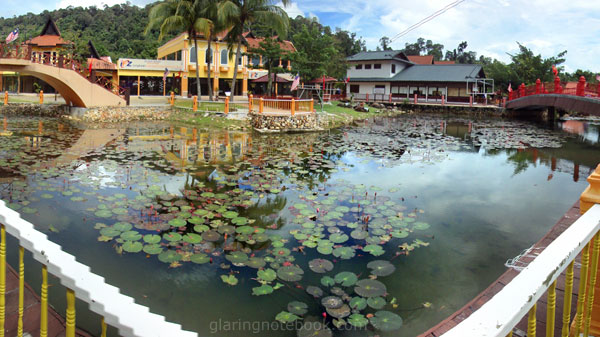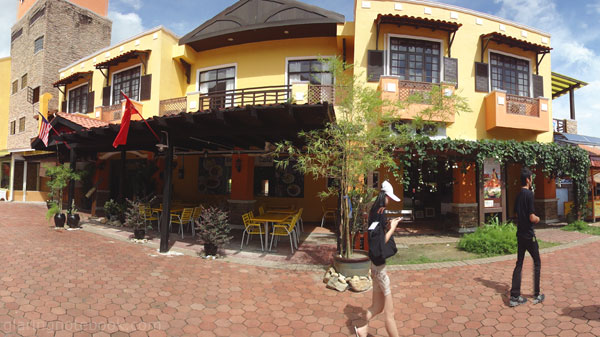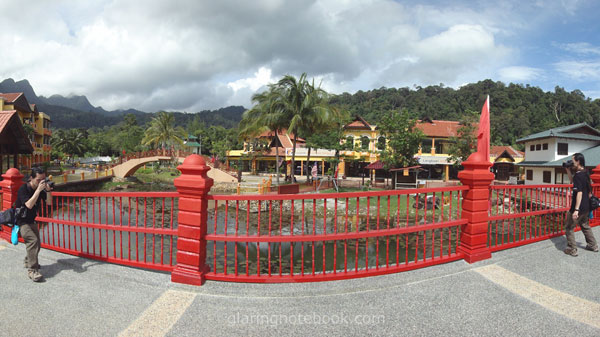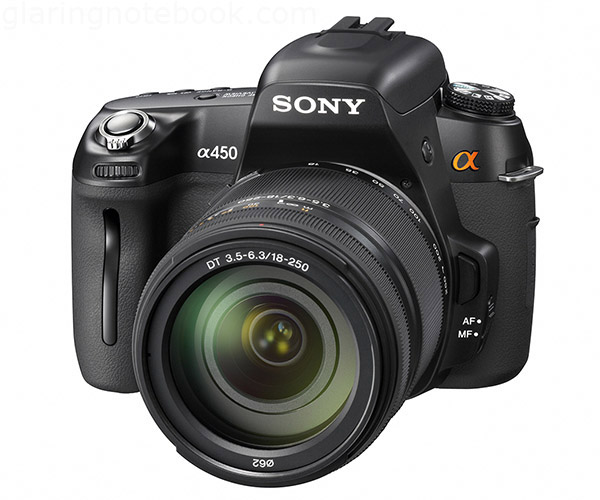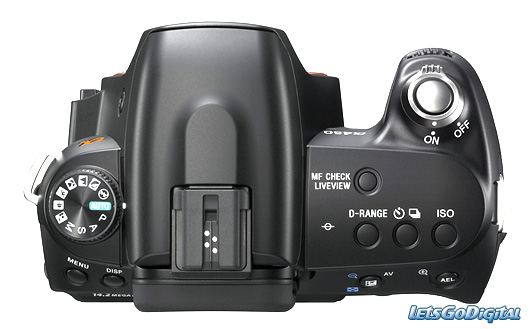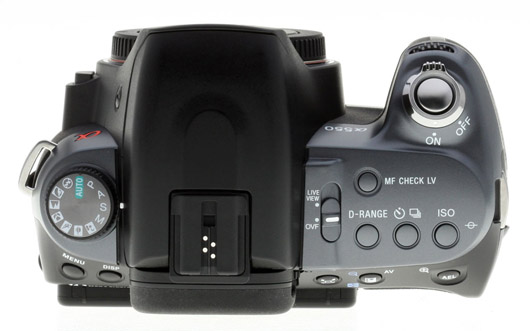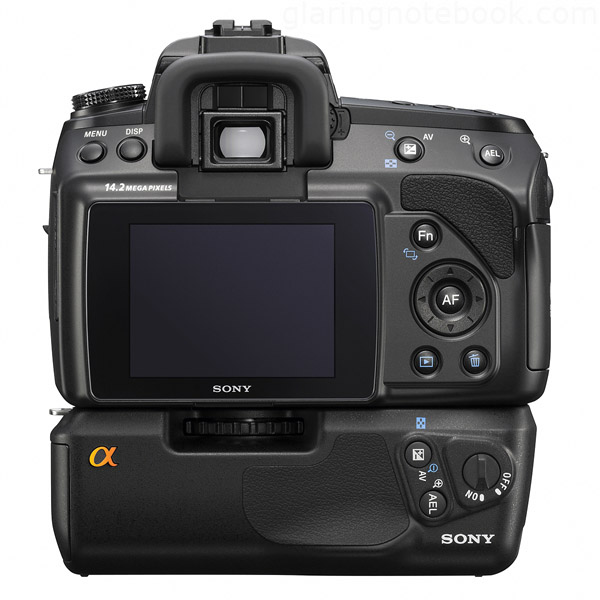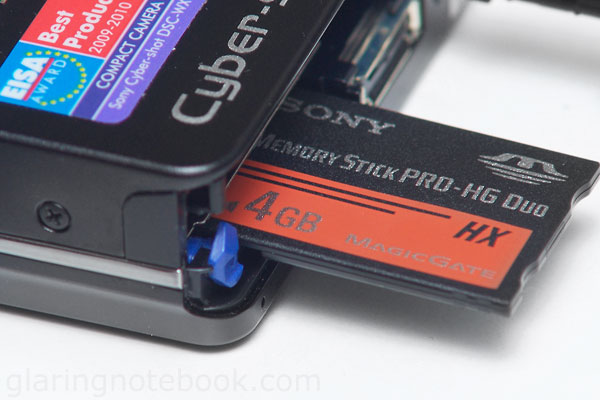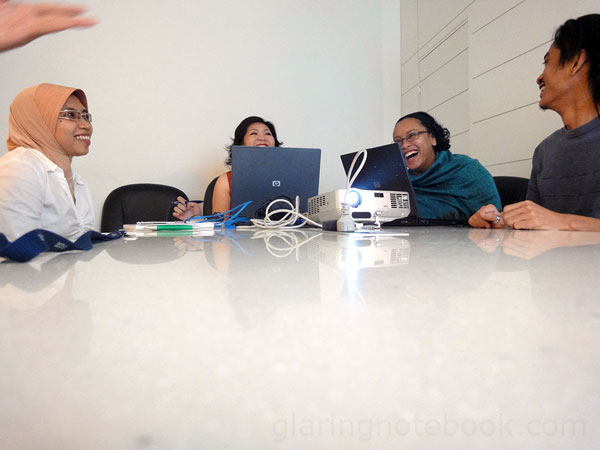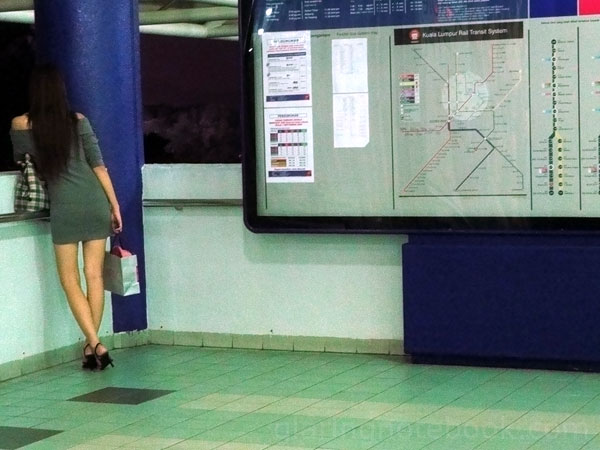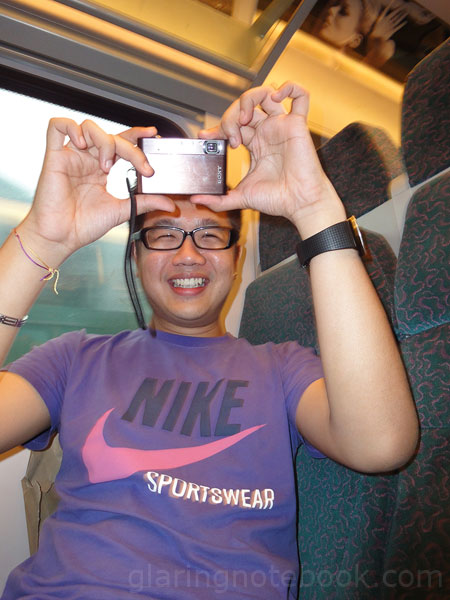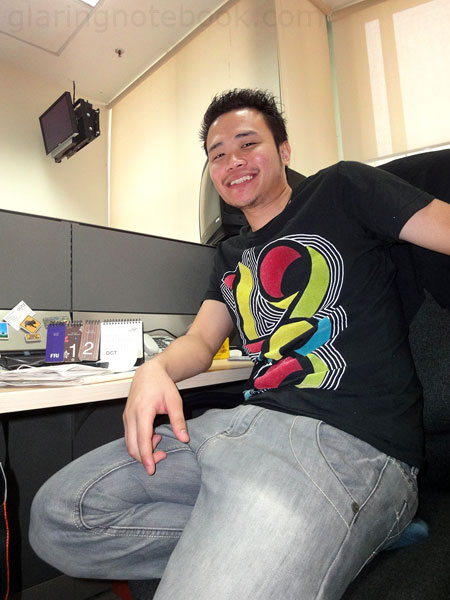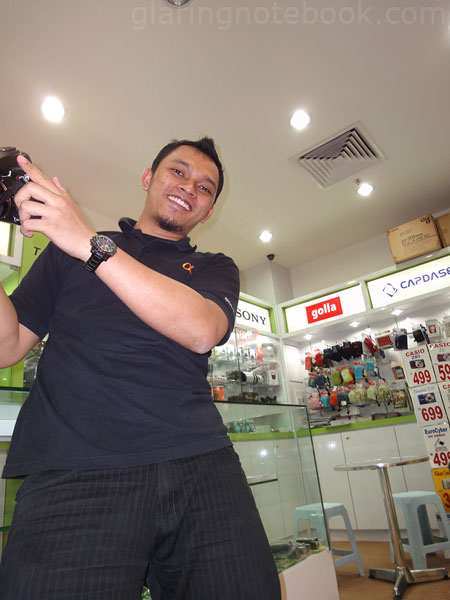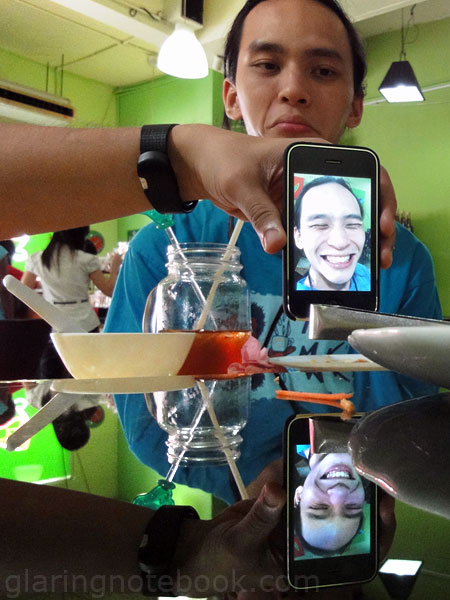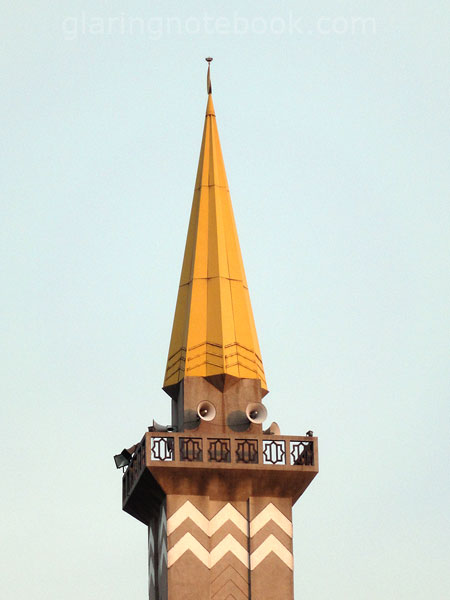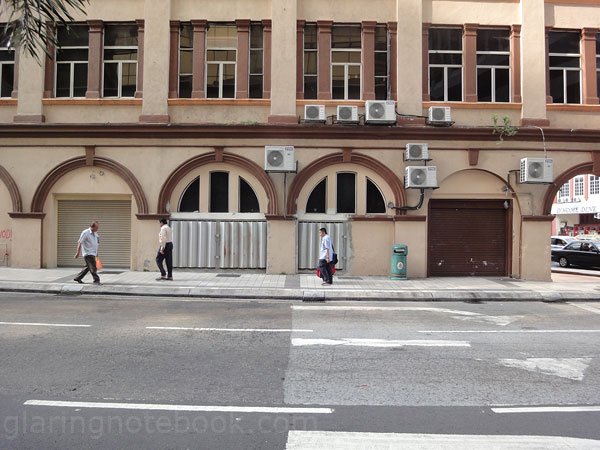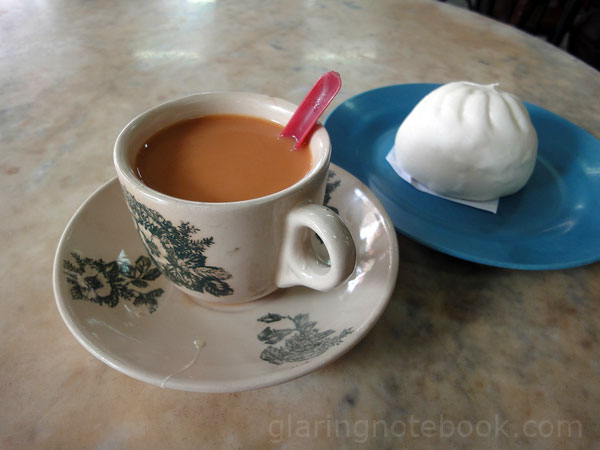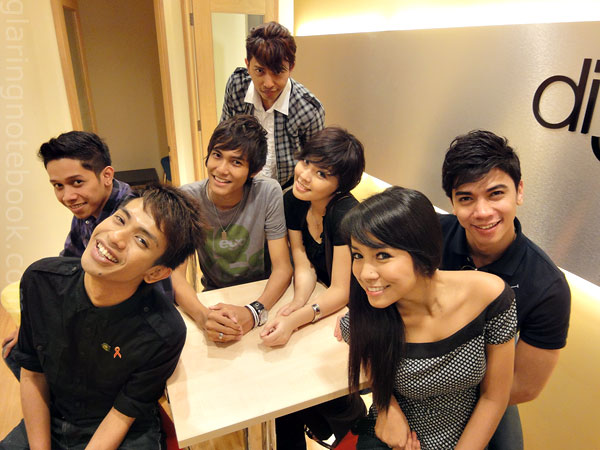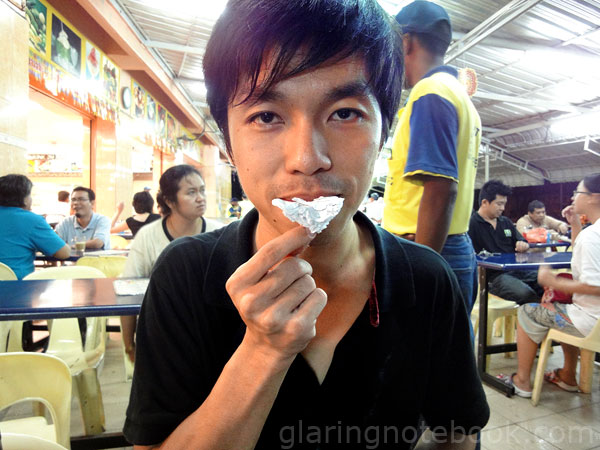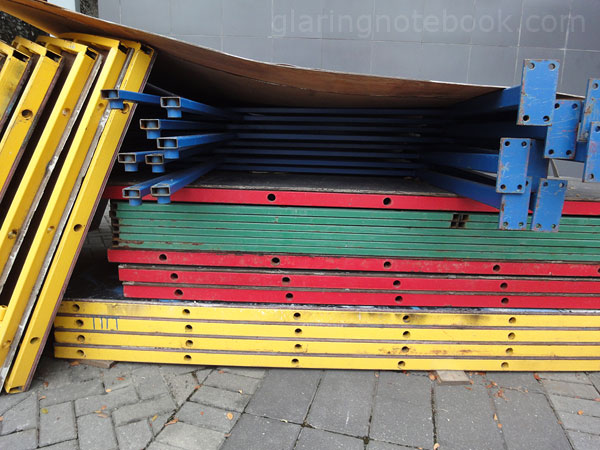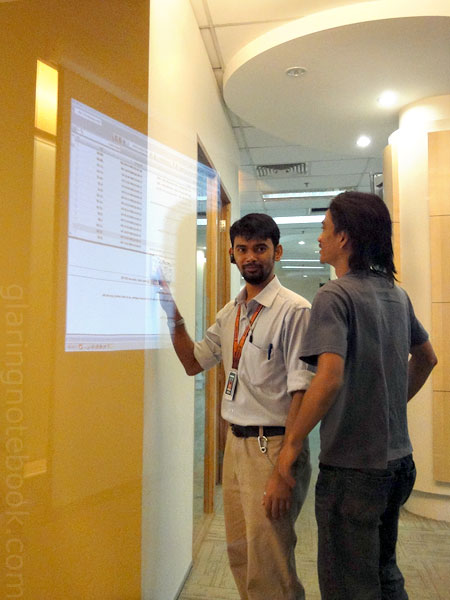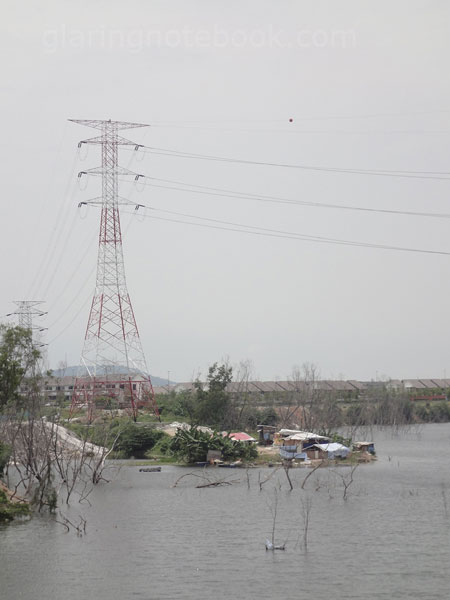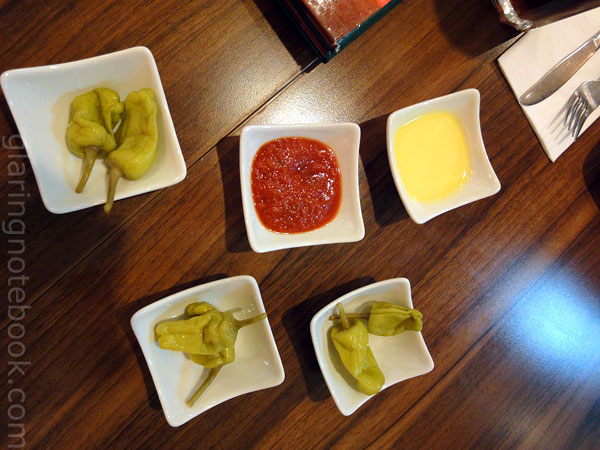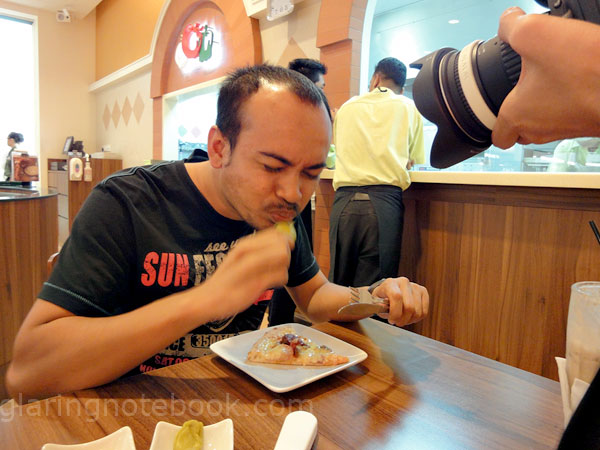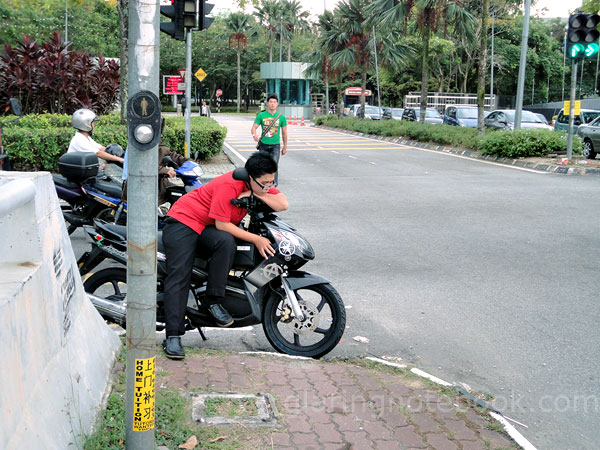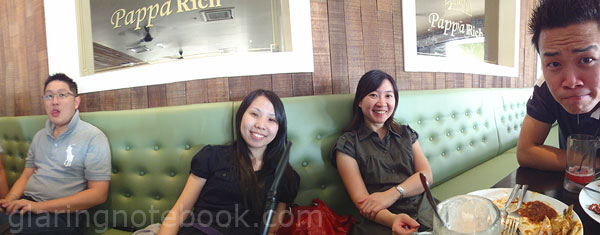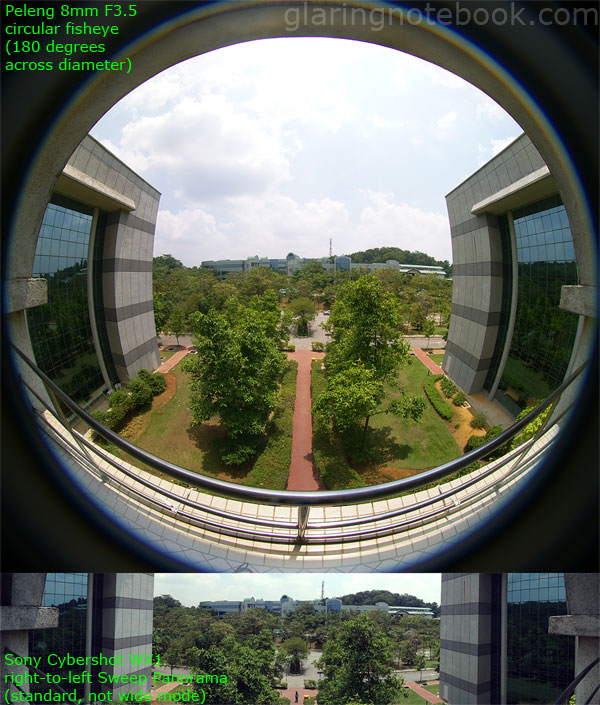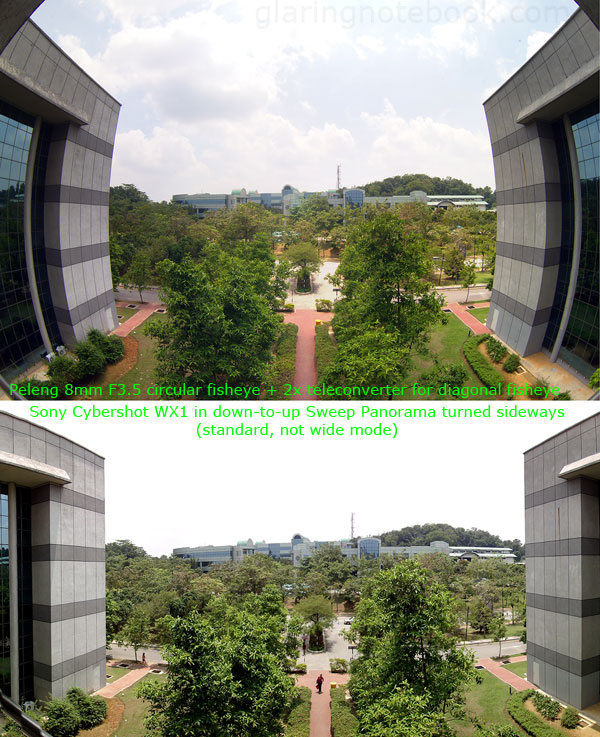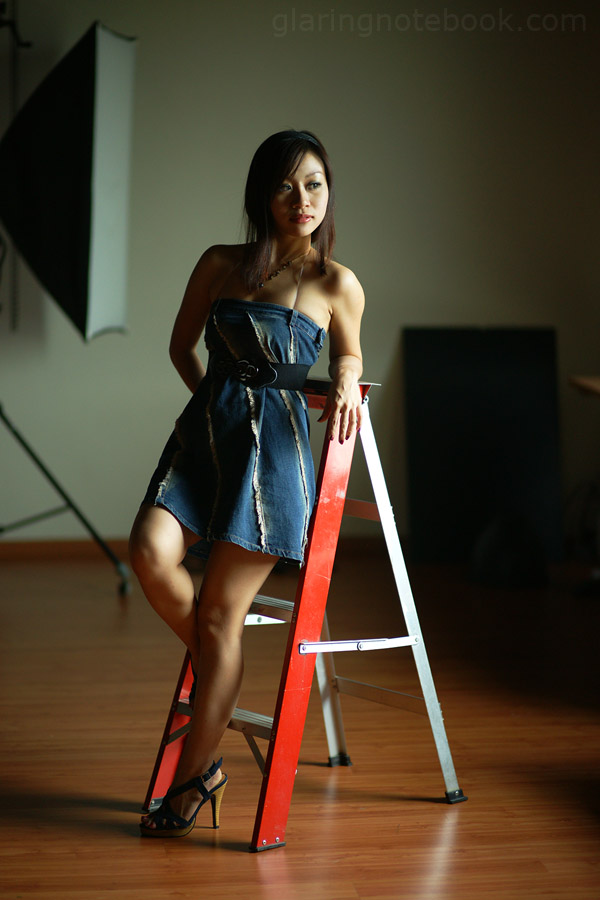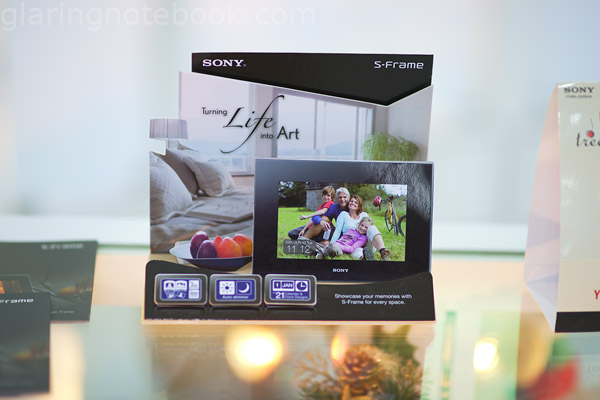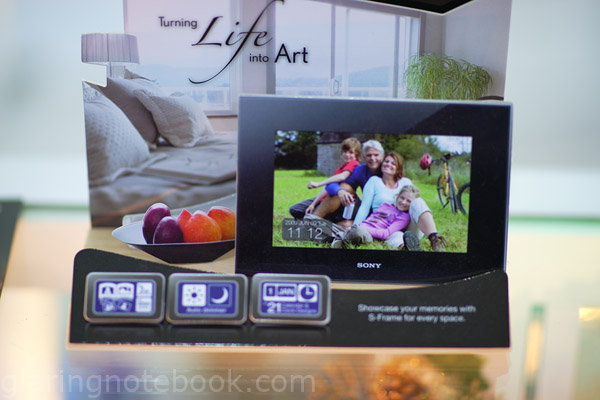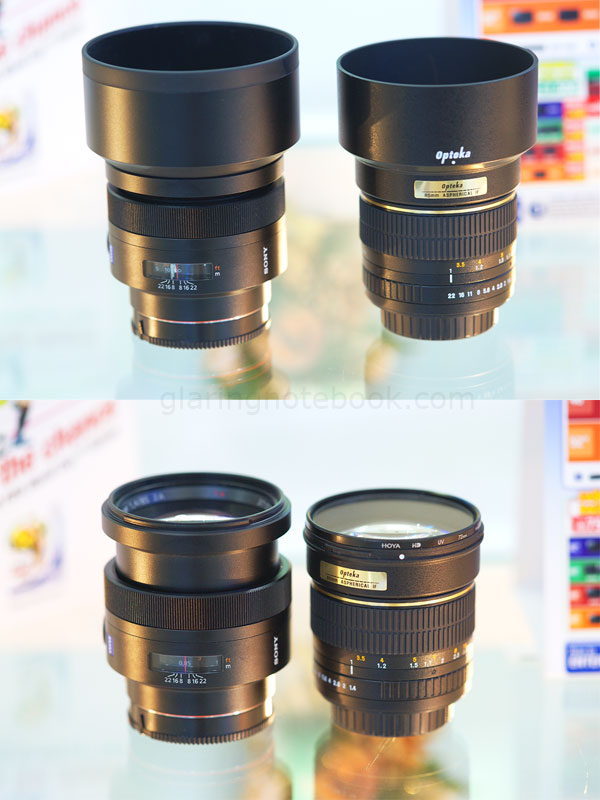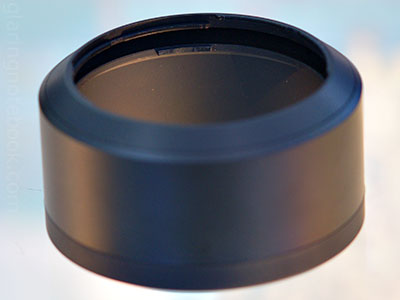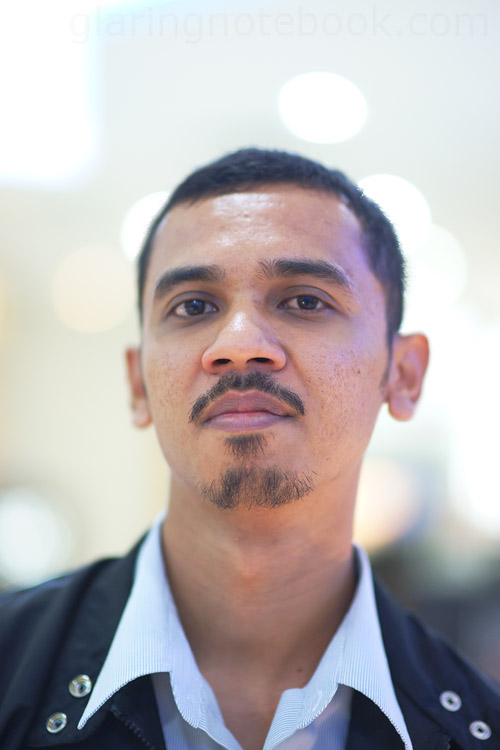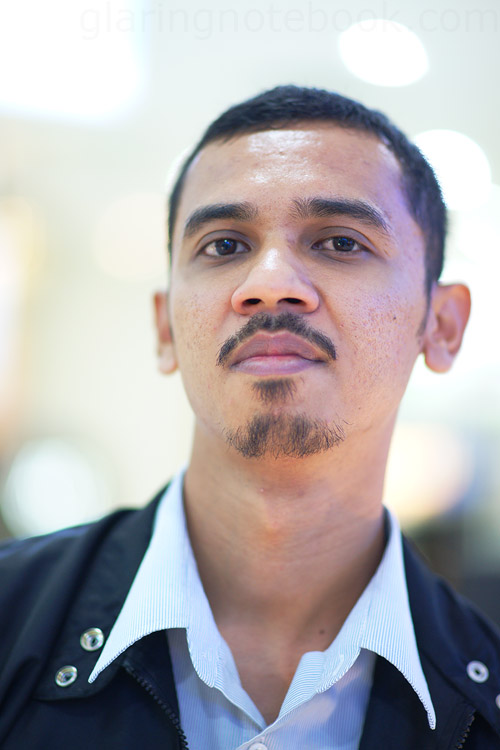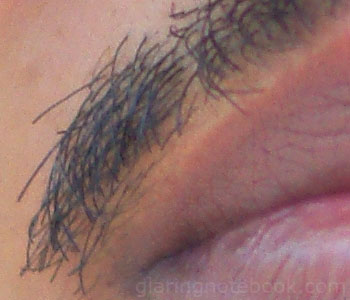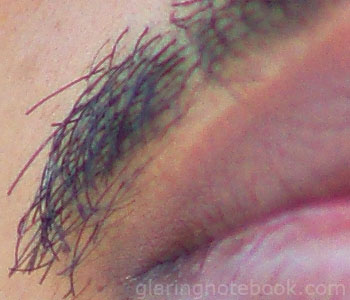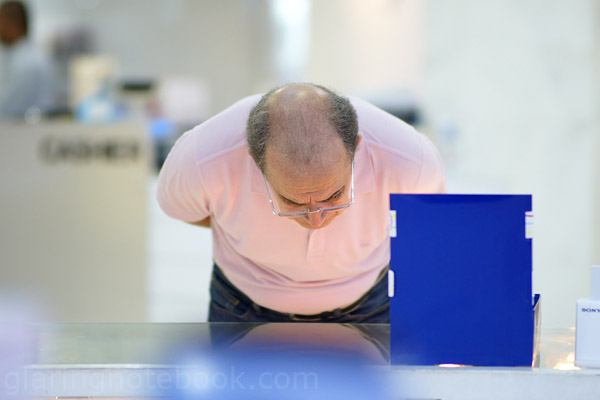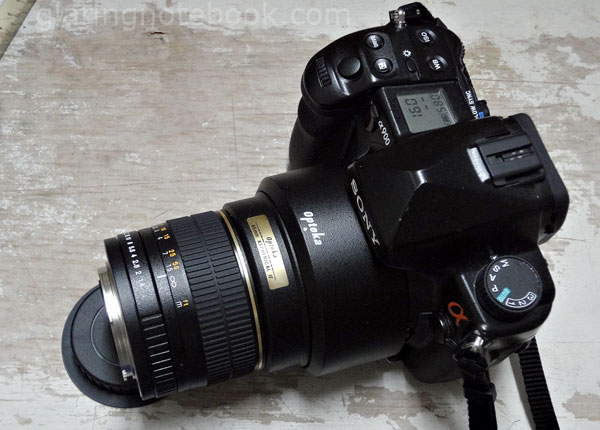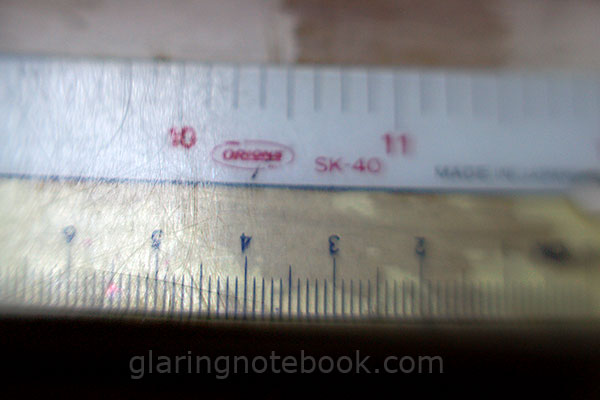I have always, always fancied the 85mm/90mm focal length on full-frame; whenever I met a Tamron 90mm F2.8 Macro I’d pick it up and take portraits with it because of the very comfortable range.

And so, it is of no surprise that I would end up getting myself a Christmas/birthday present – the Opteka 85mm F1.4!
This is most commonly known as the Samyang 85mm F1.4 – of course, it comes repackaged as a Rokinon, Bower, Polar, Vivitar, etc. However the basic specifications still hold – it is manual focus only, does not come with a focus confirm chip, and has an aperture ring. Interestingly, the aperture jumps from F1.4 to F2.0 then clicks in half-stops until F16, where it jumps to F22.

It also only focuses to 1 meter close, which can be quite far for some people. Fortunately I am not feeling it all that often since I am used to standing further away with the Sony Carl Zeiss 135mm F1.8 (which, despite its closer 72cm minimum focus distance, will need you to stand further away due to intense magnification of the viewfinder!)
The rear end of the lens protrudes a fair bit – I am not sure if a focus confirm chip could fit in there all that easily without it being pushed out each time you focus to infinity.

Here it is, next to all my monofocal prime lenses and teleconverters. Center is the Sony Carl Zeiss Sonnar T* 135mm F1.8 ZA. Clockwise from left: Minolta 50mm F1.4 Original, Kenko 1.5x teleconverter, Kenko 2.0x teleconverter, Vivitar 24mm F2.0 DIY Tilt-Shift, Peleng 8mm F3.5 M42 mount circular fisheye, Opteka 85mm F1.4.

Left to right: Peleng 8mm F3.5 M42 mount circular fisheye, Vivitar 24mm F2.0 DIY Tilt-Shift, Minolta 50mm F1.4 Original, Opteka 85mm F1.4, Sony Carl Zeiss Sonnar T* 135mm F1.8 ZA.

The Opteka isn’t that big, when flanked by the similiarly-sized Minolta 24-105mm F3.5-4.5(D). The Zeiss to the right is the big one.

However, when the Opteka’s hood is on, it can try to pretend to be the same size as the Zeiss…

From the top, there is a decent amount of recessing – I really don’t understand why. They could’ve made this lens a lot shorter and its filters would vignette less.
Amazingly, it is an internal focusing design – the Sony Carl Zeiss Planar T* 85mm F1.4 ZA and Minolta 85mm F1.4G are external focusing designs. Of course they have the far more convenient minimum focus distances of 85cm!
The current Nikkor F1.8/F1.4 and Canon 85mm F1.8/F1.2 lenses are all internal focusing. The downside of this is that the view widens as you focus closer.
Also, when looking at the lens from in front while focusing, I’m not sure why they didn’t allow the focus group to travel further and thus, focus closer.

Here’s the Opteka on the Minolta Dynax 7, and the Zeiss 135mm F1.8 on the Sony Alpha 900.

Somehow, the Minolta Dynax 7 look matches the Opteka more.

Though, the Sony Alpha 900 looks porportionate.
The Alpha 900, like the Alpha 200 onwards, unfortunately does not have the Shutter Release Without Lens option in the menu – so you can’t use this lens in Aperture Priority anymore! You have to go to Manual Exposure, unless your lens has a chip. It also does not do focus confirm without the chip.
And now, for some portraits!

Click for bigger image. 85mm F1.4.

The first picture I took with this portrait lens, was of course, a portrait. You can see sweat! It was a hot day.
Note that initially, Auto WB tended to give a purple cast – I set it to Daylight WB and all was okay.

In office lighting, indoors, it is no slouch – I love how it picks up reflected ambient colors! This is a quality I love in great lenses.

I took it to the streets, where ISO1600 would give me 1/40s. Which would be a decent shutter speed, given the weight of the A900 helping stabilize it.
Yes, SteadyShot does not work here, unless the lens has a chip which tells the body that the lens is at 85mm, and so it can drive the SteadyShot mechanism to compensate accordingly. However in practice, 1/40s was still alright!

Only downside being at F1.4 is the shallow depth of field, making it difficult to pick a subject when street shooting.

On the LRT. I love how contrasty this lens is wide open, compared to my Minolta 50mm F1.4 Original! In hindsight only my Minolta and Sigma 17-35mm F2.8-4 EX are weak in contrast – the other lenses I have like the Minolta 24-105mm F3.5-4.5(D) and Minolta 70-210mm F4 beercan are contrasty wide open.
We now cut to a comparison of contrast. I used the HVL-F56AM flash set at 1/16th power 85mm, and set the A900 at 1/200s ISO200, and turned off all the lights, for this:

The Zeiss was set at F2.0 because the F56AM power cannot be set in 1/3rd steps.

The Opteka was set at F1.4, and the F56AM was dialled down to 1/32th power to equalize. I also cropped a similiar region.

The Minolta was set at F1.4, with the F56AM still at 1/32th power. While it did seem to transmit a bit more, it was quite gauzy. The Sigma 50mm F1.4 EX DG HSM would handle this situation like the above two lenses, with loads of contrast, but that’s a story for another day…

Click for bigger picture. I attempted to make a Minolta Dynax 7-STF mode simulation and this is what I got. The lens bodes well for fake STF attempts!

Manual focusing is not easy – you need to learn how to do it. However once mastered you can catch focus pretty quick!

100% crop.
Note that I was using the Sony FDA-FM1AM (A900 Type-M manual focusing screen) to help see depth of field accurately at F1.4. This lens is best used with a Sony Alpha 500/550 that has MF Check Live View, or an Alpha 850/900 fitted with the Type-M screen.
But hey, how about some action? I picked up the lens and returned to shoot a rock concert!

Really, it’s not that hard! F1.4.

Click for a bigger picture. I focused while they were walking! Again, nothing you can’t achieve with a bit of practice.
It also helps that I had a few M42 lenses for my A700 before, to practice…

Crazy rain. Yes, the lens got subjected to some inclement weather. 1/640s ISO6400.

The rain killed the generators, leaving the VIP tent in darkness! 1/20s ISO1600.

Woodstock baby! 1/20s ISO6400. I focused to 1 meter, then walked closer until they were in focus.

1/25s ISO1600. I pulled tones out of overexposed red faces to get this.
So the question everybody asks is this – is it worth it? Yes, definitely! It is a stark fraction of the price of an auto-focusing 85mm F1.4! It is great optically, with a decent amount of contrast. (I just have not compared it to the Sony Carl Zeiss Planar T* 85mm F1.4 ZA – something tells me that if I do, I will be haunted by it…)
